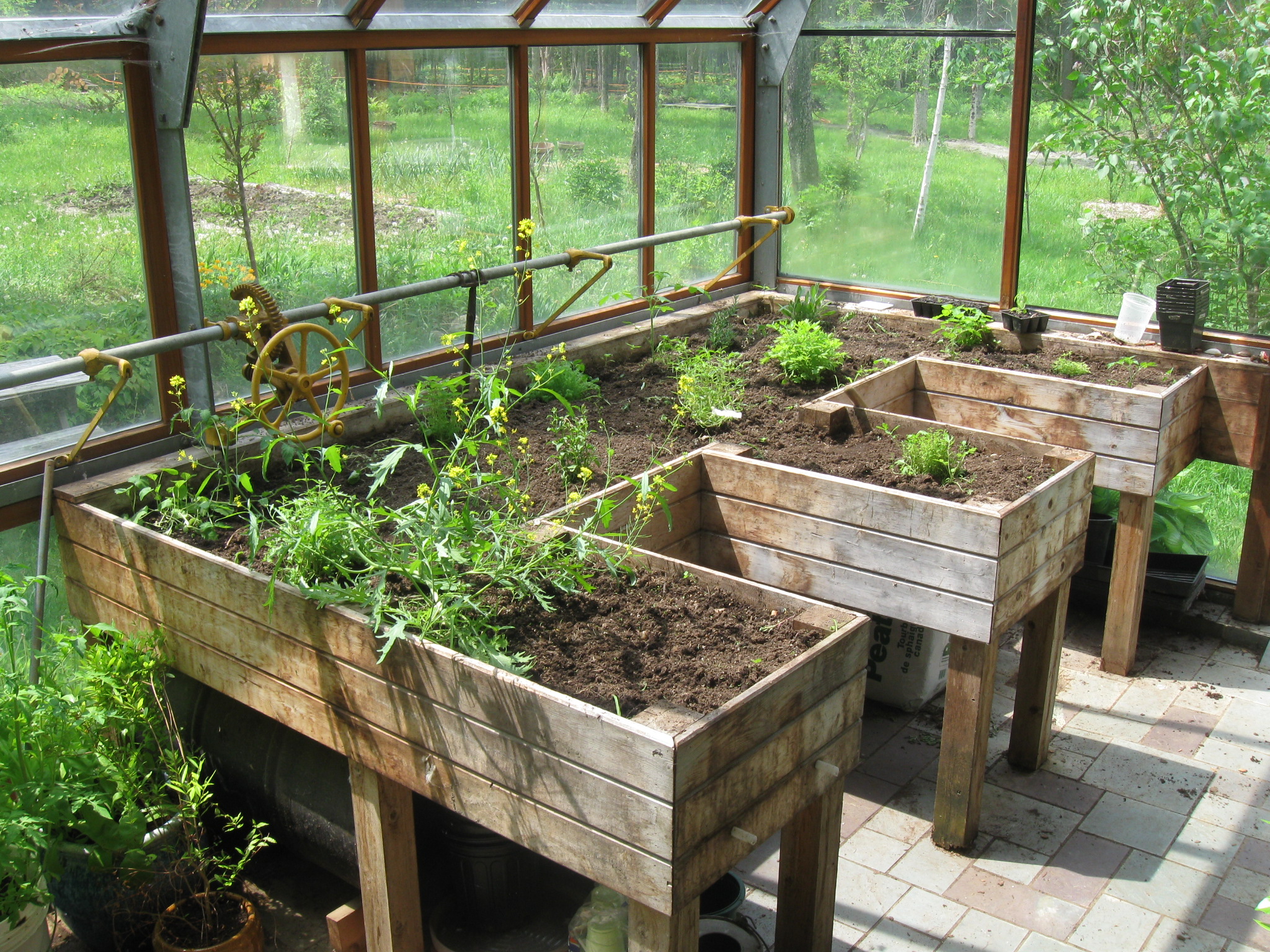
There are also raised planting beds next to the basement terrace. But since you’re buying a working farm with this house, you should keep that room an office in order to take the home-office income tax deduction.) (You could, if you wish, convert the home office into a fifth bedroom. This mix of contemporary and Craftsman style boasts high-grade, low-maintenance materials throughout: mahogany beams on its portico and railings on its decks, maple flooring, quartz kitchen countertops, marble tile in the bathrooms, HardieBoard siding on the exterior.Īnd it’s set up to support a work-from-home lifestyle, which also means savings on fuel for travel and commuting.
#OFF GRID HOMES FOR SALE INSTALL#
I didn’t ask her what it cost to install the power systems, but I’ll bet the savings have already covered the cost of installing the solar panels, hydrogen generator and fuel cells.Īnd as the pictures here should make clear, those power systems fuel a very stylish, well-equipped and luxurious residence. De Tibarge says the roughly $10,000 in payments she gets each year from PSEG save her about $8,000 a year in energy costs. The certificates issued for this house are good for 15 years, which means more than seven years remain on them. The grid connection is necessary for the certificates to be valid. SRECs were certificates created to encourage electric utilities to up the percentage of power generated renewably by enabling home and business owners to sell surplus energy to the utility. You will operate under the same agreement, known as a Solar Renewable Energy Certificate, or SREC. The reason why? If this house consumes less power than it produces in any given month, PSEG buys the surplus and pays De Tibarge. “The government demands that you install a meter, and they come to read it every month,” she says. “Because we had to go through all this, the state allowed us to have almost 40 kilowatts” of generating capacity, she says.Įven though this house powers itself and doesn’t need to be connected to the grid, it has a connection nonetheless. To get the state permits needed to build and equip this house, De Tiberge had to calculate exactly how much electricity they all used. There’s a small fountain next to the front terrace and another one on the pond that sits at the entrance to this farm.


The solar panels supply electricity to both the house and an electrolyzer that splits water molecules into hydrogen and oxygen atoms. But for this house, she went the battery one better by installing a hydrogen generator and fuel cells. The usual solution to this is a backup battery, which she has.

“Because when you have a sunless day, or a flood or a storm that blacks out the city for a week, which happens quite often in the U.S., you’re not covered. “That’s not the only thing you must have,” she says of the solar panels. The house was designed by Le Corbusier, with Edmond Wanner and Francis Quétant finishing the project, in 1928-29 in Grand Sarconnex, Switzerland | Image courtesy Alice De Tibergeĭe Tiberge, who comes from a Swiss family with a knack for living on the cutting edge - her grandfather lived in a house outside Geneva whose design was conceived by Le Corbusier in the late 1920s - had already converted one house she had lived in to solar power, in Skillman in central New Jersey.īut, she says, she didn’t achieve her goal of having a totally self-sustaining house. 1938 watercolor of Villa Ruf, home of De Tibarge’s grandfather, Jean Ruf.


 0 kommentar(er)
0 kommentar(er)
